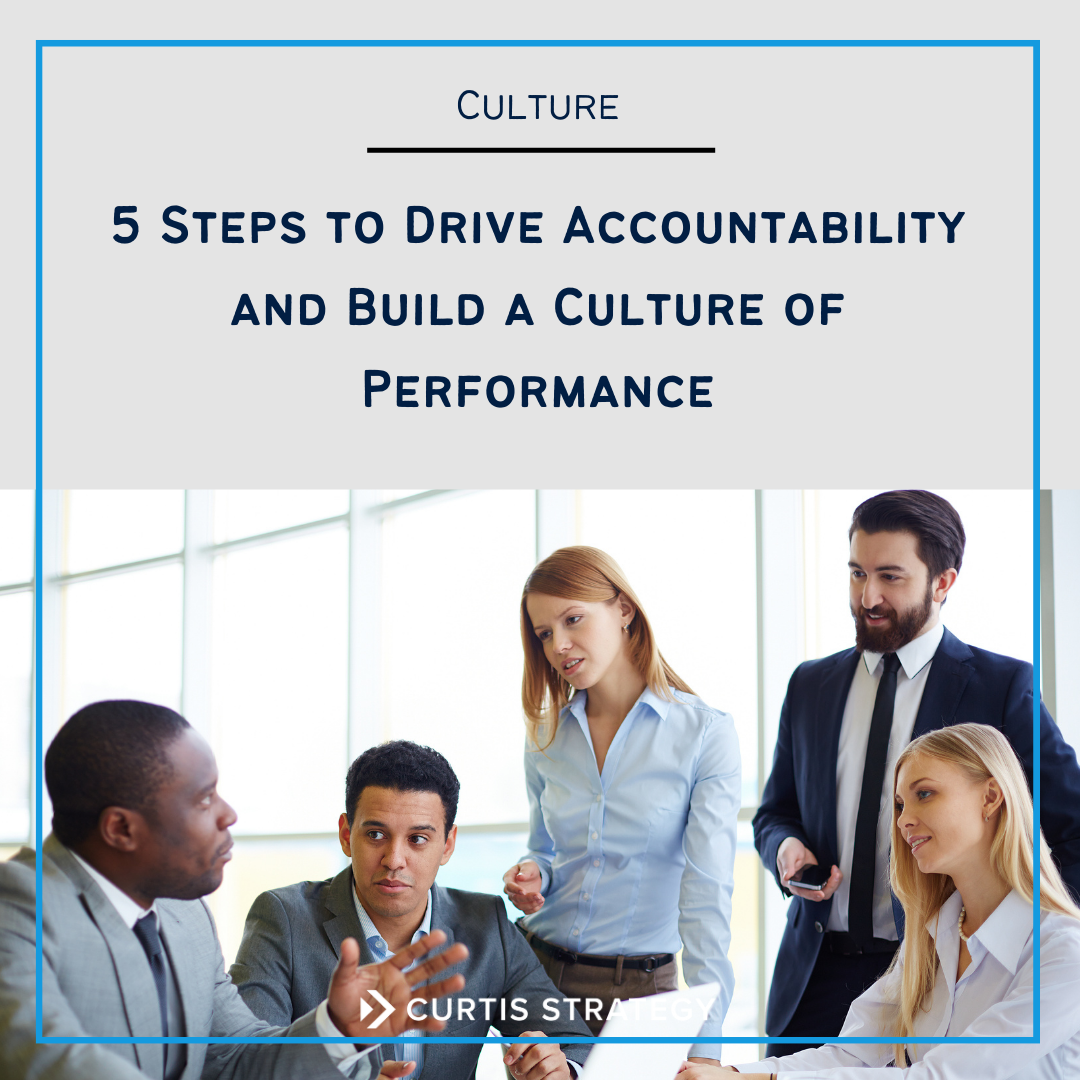
INSIGHTS

5 Steps to Drive Accountability and Build a Culture of Performance
Organizations are overflowing with data, but not all data is created equal. In order to use data to improve performance and mission outcomes, it is important to collect the right data, analyze it effectively, and make data-driven decisions.
Our nonprofit consultants recommend 5 steps to enable CEOs and COOs to use data effectively to drive the change needed to build a culture of performance.

The Fundamentals of Feedback
We’ve all heard the adage “feedback is a gift.” While most nonprofit leaders would agree, providing constructive feedback is a skill not all managers have mastered. Many managers are so uncomfortable giving feedback, that they avoid difficult conversations altogether. And receiving constructive feedback gracefully is another skill set altogether.
But studies show that high performing individuals crave feedback. In order to develop and retain that talent, and compete in the war for talent, we have to create a culture of feedback within our organizations. This means teaching our staff how to give - and receive - feedback effectively.
In this post, we will explore the do’s and don’ts for giving and receiving feedback and how you can support a culture of feedback within your organization.

Four Pillars of Successful Performance Reviews
For the most part, leaders agree on the importance of performance reviews and high performing individuals crave feedback. So why does it feel so difficult to create an effective performance review process? And how should reviews be designed to ensure they are effective? In order to function at their best, performance reviews need to be consistent, objective, contextual, and impactful.

Benefit Strategy: Keep, Cut, Create, and Communicate!
A benefits package is a great way to demonstrate how much you value your nonprofit employees. An effective benefits strategy is one that meets your employees’ needs while staying within your budget. A great benefits strategy combines employee needs, business needs, and aligns with your culture. If a merger isn’t in your future, it’s still important to reevaluate your benefits package regularly and remember to balance employee needs with the organization’s culture and budget.
